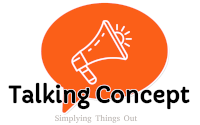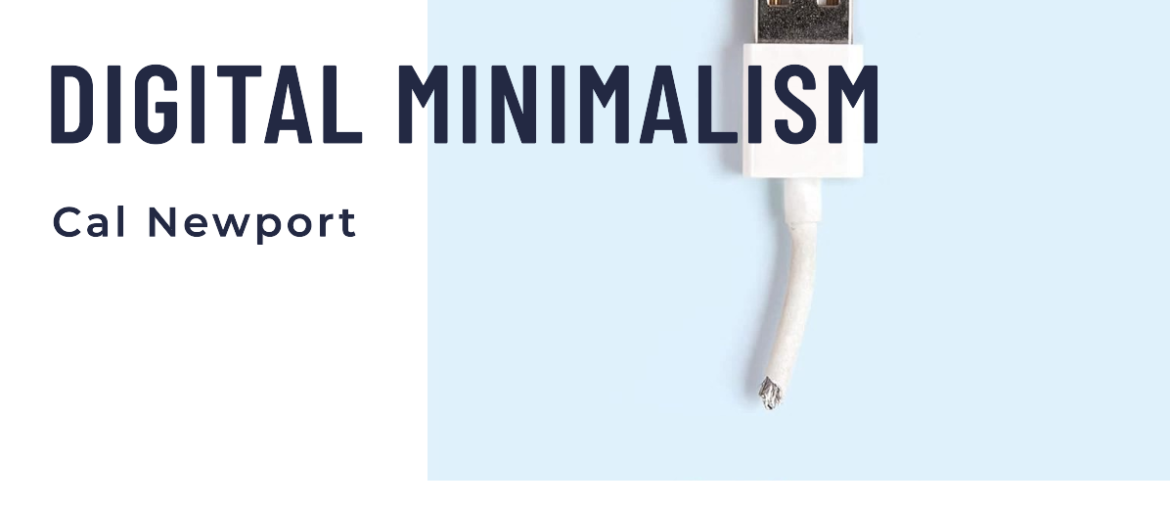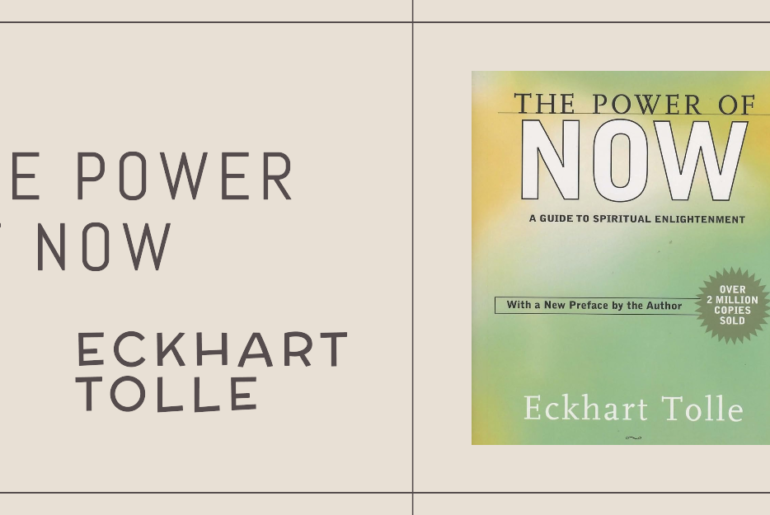Through “Digital Minimalism”, Cal Newport shows us the mirror reflecting how we have become slaves to the noisy digital world. He aims to teach us how to live mindfully in a digital world, through his principles of digital minimalism. The principles discussed in this book will help you cultivate a digital life in which new technologies serve your deeply held values as opposed to subverting them without your permission.
Our relationship with the technology.
Our current relationship with the technologies of this hyper-connected world is unsustainable and is leading us closer to quiet desperation. Those wild tangle of tools, entertainment, and distractions provided by this internet age dictate how we spend our time or how we feel. According to the author, people don’t succumb to screens because they’re lazy, but instead, because billions of dollars have been invested to make this outcome inevitable. It’s because of this reason so many people’s digital lives are increasingly becoming intolerable. We must instead take steps to extract the good from these technologies while sidestepping what’s bad. We require a philosophy that puts our aspirations and values once again in charge of our daily experience. Therefore an aggressive action is needed to fundamentally transform our irrational digital lives into something worthy and mindful. And the Digital Declutter provides this aggressive action.
What’s the digital declutter?
(The first part of the book talks about this principle).
The process of digital declutter requires you to step away from optional online activities for thirty days. During this period, you’ll wean yourself from the cycles of addiction that many digital tools can instill. Rather, you begin to rediscover the analog activities that provide you with deeper satisfaction. You’ll take walks, talk to friends in person, engage with your community, read books, spend some time in solitude and stare at the clouds. Most importantly, the declutter gives you the space to refine your understanding of the things you value the most. In short, during this thirty days break you will have to explore and rediscover activities and behaviors that you find satisfying and meaningful.
At the end of thirty days, you’re left with a list of banned technologies along with relevant operating procedures. Write this down and put it somewhere where you’ll see it every day. The clarity in what you’re allowed and not allowed to do during the declutter will prove key to its success. Going forward, you’ll do your best to make these intentional activities the core of your online life. What you are leaving behind is most of the other distracting behaviors that used to fragment your time and snare your attention. This declutter acts as a jarring reset. You come into this process a frazzled maximalist and leave an intentional minimalist.
THE PRINCIPLES OF DIGITAL MINIMALISM
The second part of this book takes a closer look at some ideas that will help you cultivate a sustainable digital minimalism lifestyle. In this part, the author examines issues such as the importance of solitude and the necessity of cultivating high-quality leisure to replace the time most now dedicate to mindless device use. Moreover, this part will provide ideas and strategies for shaping your digital minimalist lifestyle into something sustainable over the long term.
Digital Minimalism is a philosophy of technology use in which you focus your online time on a small number of carefully selected and optimized activities. These activities strongly support things you value. Moreover, you are happy to miss out on everything else, along with those technological uses.
Principle #1: Clutter is costly.
Digital minimalists recognize that cluttering their time and attention with too many devices, apps, and services creates an overall negative cost that can swamp the small benefits that each individual item provides in isolation.
Principle #2: Optimization is important.
Digital minimalists believe that deciding a particular technology supports something they value is only the first step. To truly extract its full potential benefit, it’s necessary to think carefully about how they’ll use the technology.
Principle #3: Intentionality is satisfying.
Digital minimalists derive significant satisfaction from their general commitment to being more intentional about how they engage with new technologies. This source of satisfaction is independent of the specific decisions they make and is one of the biggest reasons that minimalism tends to be immensely meaningful to its practitioners.
Solitude Deprivation
This is a state in which you spend close to zero time alone with your own thoughts and free from input from other minds. You will probably find the first week or two of your digital declutter to be difficult, and fight urges to check technologies you’re not allowed to check. These feelings, however, will pass. And this resulting sense of detox will prove useful when it comes time to make clear decisions at the end of the declutter. The goal of a digital declutter, however, is not simply to enjoy time away from intrusive technology. During this month-long process, you must aggressively explore higher-quality activities to fill in the time left vacant by the optional technologies you’re avoiding. This period should be one of strenuous activity and experimentation. Such activities include:
- Leaving your phone at home, while you are doing any other important work.
- Taking long walks.
- Writing letters to yourself.
- Practicing self talk.
- Spending time alone.
CONCLUSION
Your monthlong break from technologies resets your digital life. The author says that to strengthen your relationships with your people, you need to stop clicking “Like” or leaving comments on social media posts. Rather you should approach them personally. Rebuild your digital lives in a much more intentional and minimalist manner. You want to arrive at the end of the declutter having rediscovered the type of activities that generate real satisfaction, enabling you to confidently craft a better life—one in which technology serves only a supporting role for more meaningful ends.
Digital minimalism does not reject the innovations of the internet age but instead rejects the way so many people currently engage with these tools. Digital minimalists see new technologies as tools to be used to support things they deeply value—not as sources of value themselves. They don’t accept the idea that offering some small benefit is justification for allowing an attention-gobbling service into their lives. They are instead interested in applying new technology in highly selective and intentional ways that yield big wins. Just as important: they’re comfortable missing out on everything else.
Discover more from talkingconcept.com
Subscribe to get the latest posts sent to your email.




